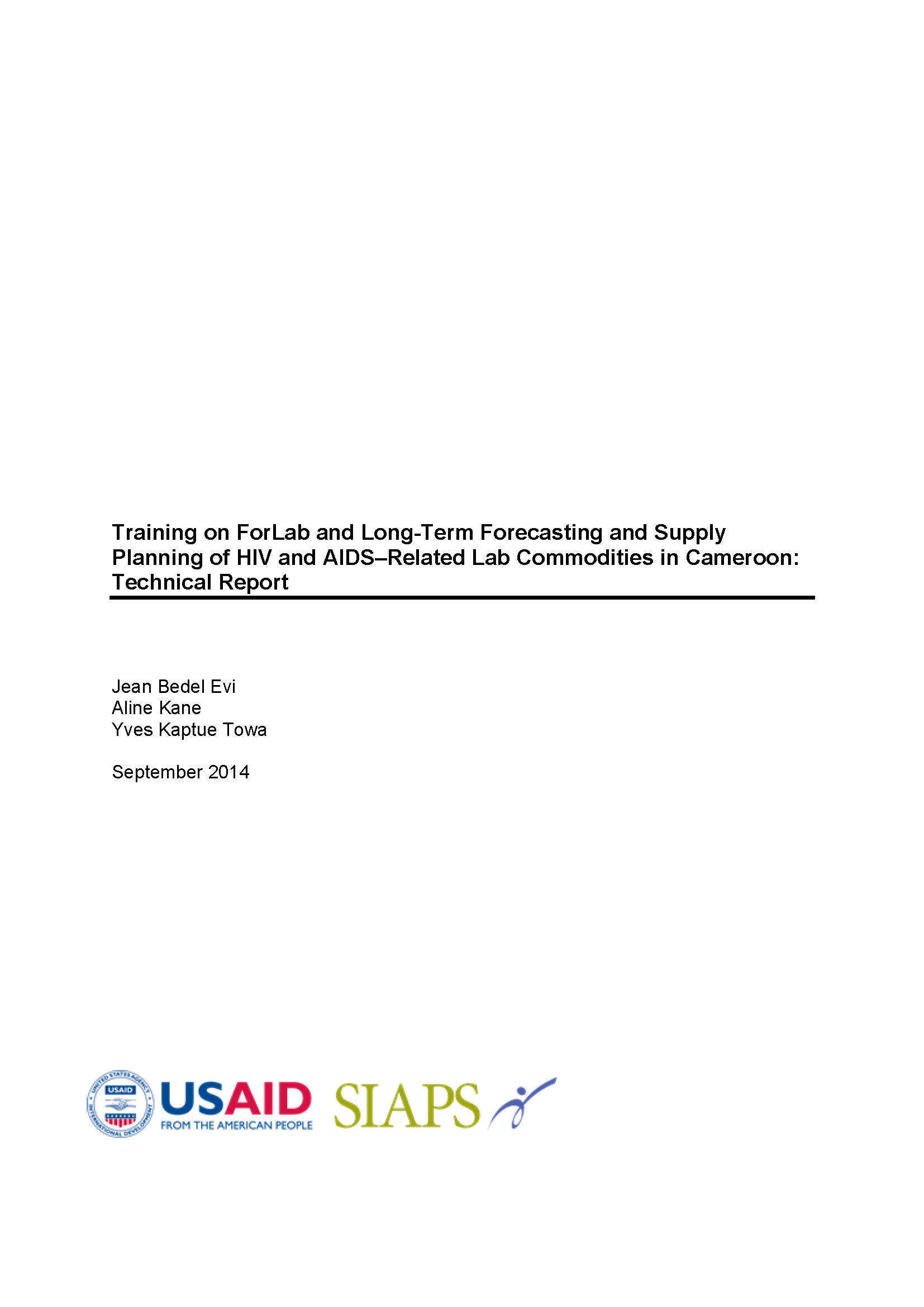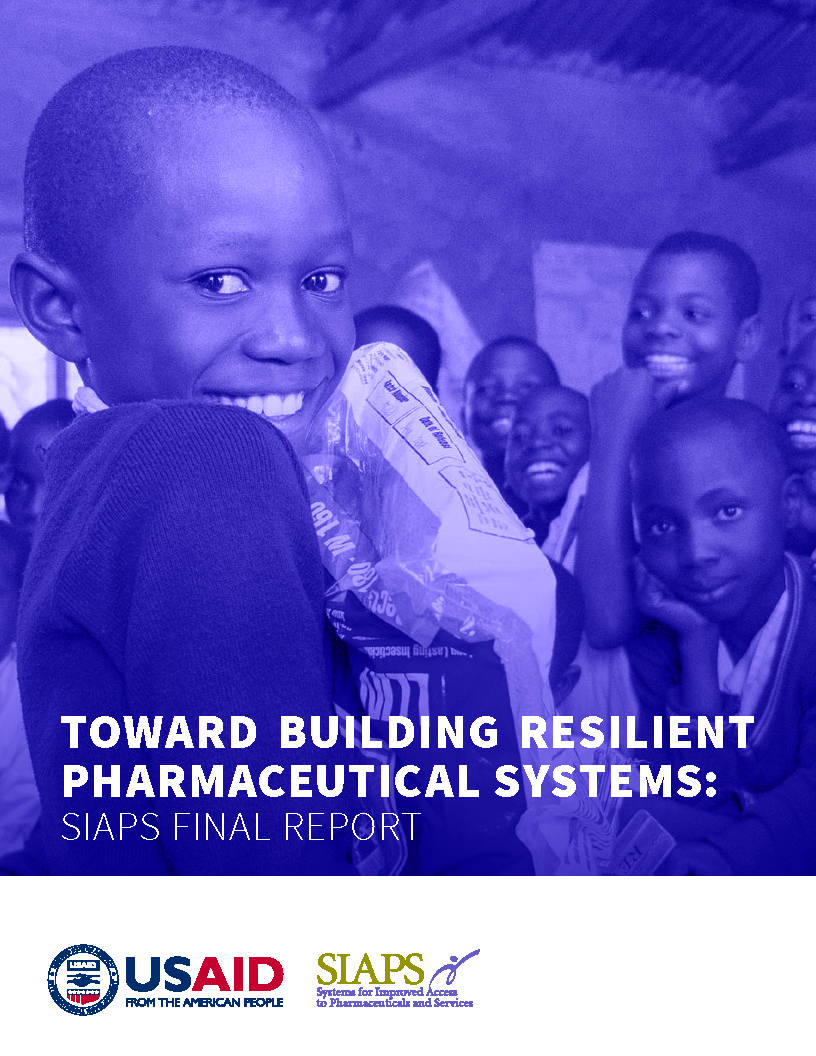
A middle-income country in Central Africa, Cameroon had an HIV prevalence of 4.3% in 2011 in the general population 15–49 years of age (2011 DHS). The number of HIV patients on antiretroviral treatment (ART) has grown from a few hundred in 2001 to 78,000 at the end of 2009 and to 131,531 at the end of 2013.
The goal of the Ministry of Health (MoH), along with National AIDS Control Program (Comité National de Lutte contre le Sida; CNLS), US Centers for Disease Control and Prevention/US President’s Emergency Plan for AIDS Relief (CDC/PEPFAR), US Agency for International Development (USAID)/PEPFAR, and the Centrale Nationale d’Approvisionnement en Médicaments et Consommables Medicaux Essentiels (CENAME) in Cameroon is to scale up prevention and comprehensive HIV and AIDS care and treatment. To achieve this goal, the MoH has identified the need to improve the current technical knowledge of quantification of HIV and AIDS commodities, specifically laboratory products.
The USAID Mission in Cameroon requested that the Systems for Improved Access to Pharmaceuticals and Services (SIAPS) Program provide technical assistance to Cameroon to strengthen coordination for quantification with key partners involved in supply chain management to ensure an uninterrupted supply chain for HIV and AIDS commodities through a consolidated and coordinated quantification mechanism. This paper reviews the key challenges encountered during quantification and recommendations made to improve the process in the future.


